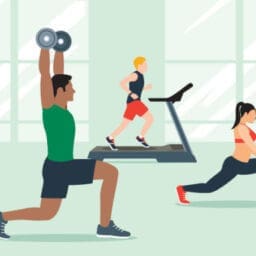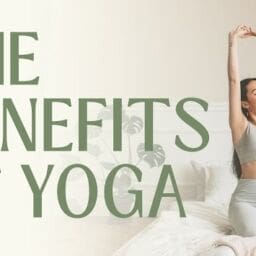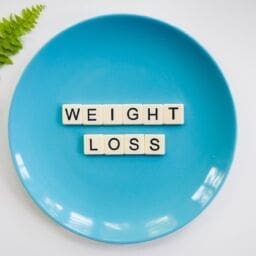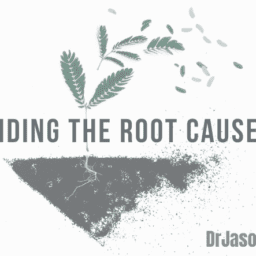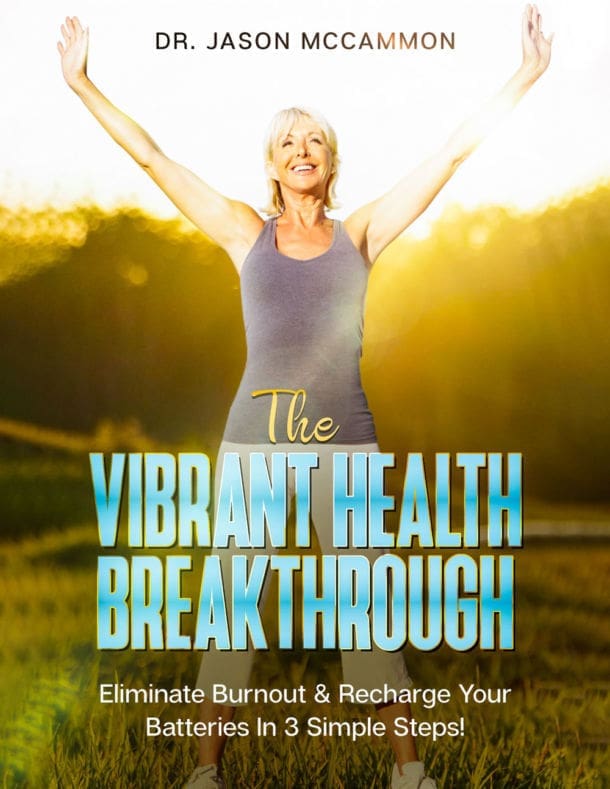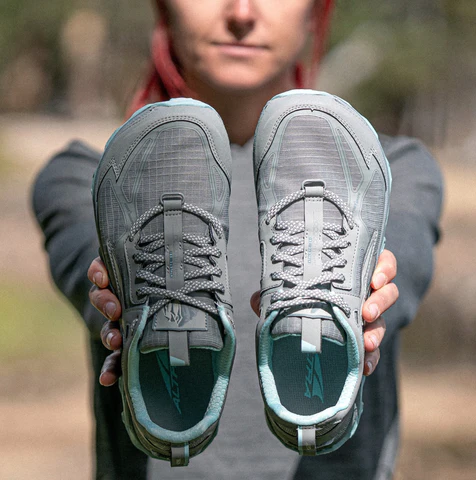
Unexpected Solutions for Chronic Pain: Footwear- Altra, Flux, Birkenstock and Crocs
I want to talk to you today about an extremely important foundational thing for our health that is so overlooked, even by some of the top orthopedic doctors, and that’s our footwear. I’m still holding out hope that we get this thing figured out in medicine, because I’ve seen it change lives and reduce chronic pain. We’ve got to get better about counseling people on footwear. No matter what your pain is, we can often trace it back to your feet. Whatever touches the ground, wherever you stand on the ground, just like your tires on a car it affects the rest of the body. We’ve got to think about those mechanics because if you’re not getting the right footwear and distributing the forces correctly, if your foot bones aren’t being lined up, if the muscles aren’t activating, we’ve got tight ankles due to all these problems. Guess what? That force has to go somewhere. It’s going to go up the chain- we’ve got knees, hips, back, even up into the neck believe or not. Yes, your foot can affect every joint, every contraction in your body.
Inappropriate Design- Missing 2 Essentials
So let’s look at a couple of things that we want to get a better understanding of for our health. One is going to be footwear. I’m not talking about cheap vs. expensive footwear, okay? I just mean inappropriate design. You can have very expensive, 200 plus dollar pair of shoes but it doesn’t mean it’s designed for your foot. People make the mistake of saying, “I have these super high quality recommended by someone shoes, so they’re good shoes.” But they’re not designed for your foot or for your health!
So what we’re looking at is footwear. Our metatarsal bones should be allowed to spread out- that’s your middle foot bones-and your toes can splay out. It’s called wide toe box– you have to have a shoe with a wide toe box. The foot of your shoe should have a more rounded shape at the end instead of a pointy shape. Your feet have been squeezed almost your whole life they’ve adapted to this really crazy position. And you’re going to have very little dexterity, very little toe splay where there should be flexibility- very similar to your hands.
Another thing I look for is the cushioning called the stack of a shoe and it needs to be zero drop, this is really important. So even if it’s thicker or thinner or whatever and I don’t really agree with minimalist footwear but let’s say you know a 25 millimeter stack is about an inch. We should have the same amount of cushion at the forefoot as we do with the heel. And most shoes we’ve got a huge cushion at the heel and it’s above the forefoot and then we have this wedge shaped going downward. Usually between eight and 12 millimeters which is way too much. That’s called a heel drop. So most athletic shoes and most casual shoes, almost all shoes. If you look at it, have your heel up in here and that’s not good for your foot. That extra angle there puts a lot of pressure on these bones in the foot and it screws them up they move out of position. The muscles are firing, and you’re putting a lot of stress on your plane, especially ligaments. If you have plantar fasciitis pay attention. Bunions also. A bunion is literally your big toe it’s been squeezed again for years and years and years so much and also this muscle that flexes it is like pretty much dead it’s like this pushed over. That’s usually not genetic. I know maybe a podiatrist or other doctor may have said it’s genetic but it’s usually not. You can have some predisposition of course we all do. But there’s a lot you can do to get that footwork and that toe back out there. So remember that we’ve got to have wide toe box footwear to allow our foot to spread out at the forefoot, you should not see a foot or a shoe that goes up into a point. It should be rounded and we need to have zero drop, super important those two elements are the most important.
Recommended Brands
My favorite brand for this is Altra it is more of an athletic shoe that we’ll talk about casual in a second but Altra does an amazing job. There are two types- one for over pronation stability for those that kind of over pronate like I do. Torin is more for neutral if your foot just kind of stays pretty flat. You can test yourself by just taking the shoes off, pop one leg in the air and kind of hover and see what your foot does. If it rolls in you’re over pronate. If it stays pretty much flat, you’re neutral.
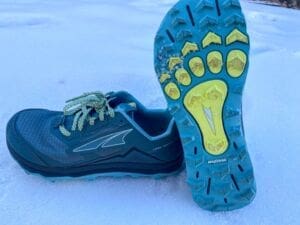
And then we’ve got Flux. Flux is kind of a newer brand that has been out for a little while now at least more mainstream. I’m really liking what they’re doing. Altra is a little bit more straight ahead and running. Flux a little bit more cross training and lifting but you can certainly wear them casual.

If you’d like another big, big breakthrough I found because I really like to wear professional shoes at work. Birkenstock saved me, I was researching for a bunch I kid you not for a wide toe box, zero drop, you know, dress casual shoe and Birkenstocks saved the day.
We all know probably about the sandals that they make, but their professional shoe wear is exceptional. They’re really cool. You’ll find them on their website. I don’t know stores that are carrying those just yet.

And also for casual wear, if you’re at the beach, if you’re just out doing yard work, if you’re in the house, crocs are great. They are unbelievable for the foot unreal, whoever designed that was really knowledgeable about what support feet need. They’ve got a wide toe box because you have that big, rounded toe. And if you look, they’re pretty much close to zero drop plus they have some arch support in there so big fan of crocs.
So let’s look at we look at our footwear, especially, especially those of you in chronic pain. Let’s get into the right footwear so we can do better from the ground up.
Be Well,
Dr. Jason
Naturopathic Board Certified Doctor

